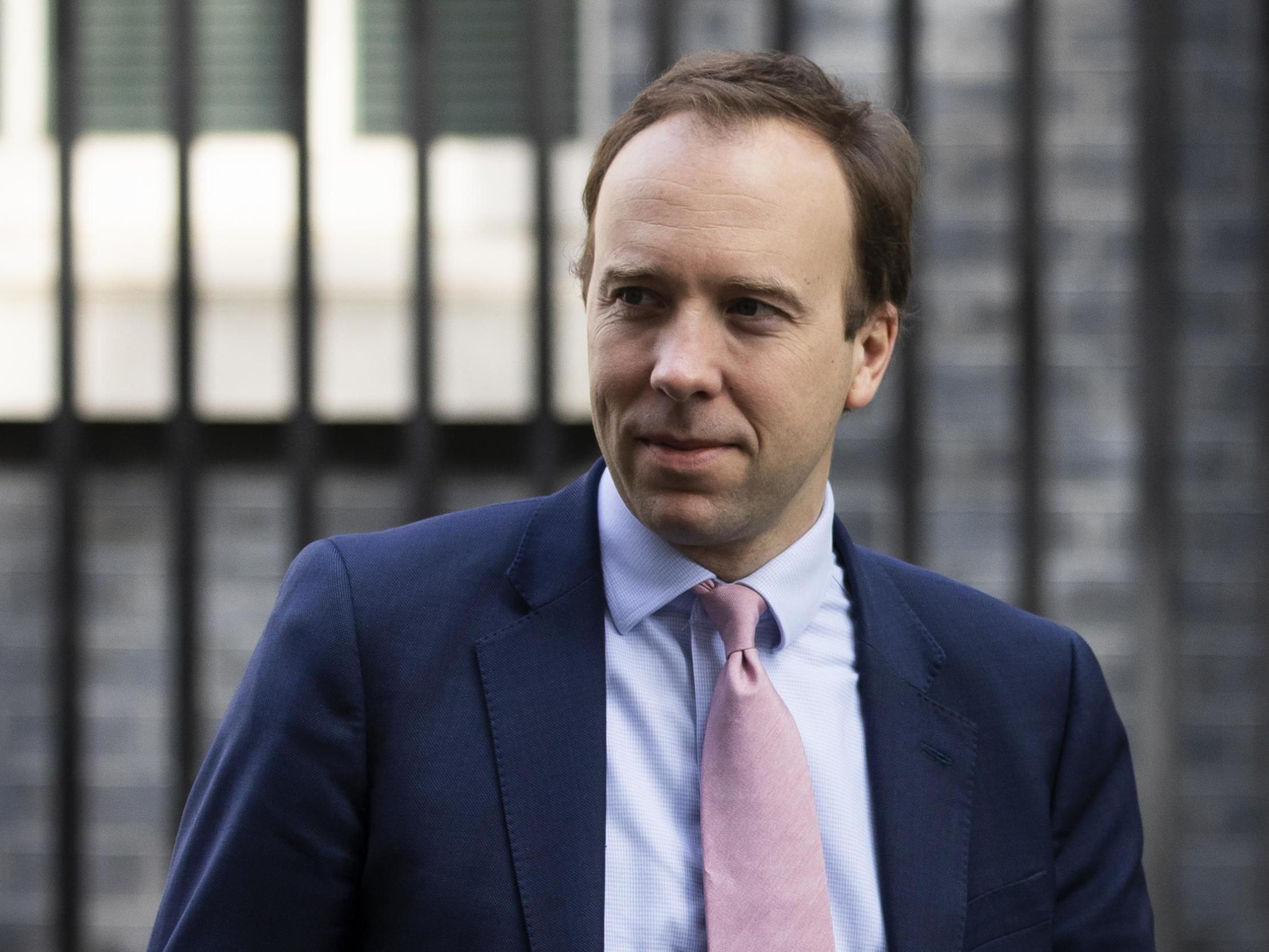Disbanding Public Health England is the last thing the government should be doing right now
Matt Hancock should be working round the clock to deal with an impending surge in infections as the winter months close in, and to prepare for the next pandemic, writes Vince Cable


For most of us, the Covid pandemic has made 2020 one of the most memorable years of our lifetime. It has become almost a cliche to talk of pre-Covid and post-Covid worlds, with a major discontinuity in the way we work and do politics, economics and much else.
But scientists will remind us that Covid is merely the latest in a series of pandemics which vary in their biological origins, ease of transmission and capacity to kill and disable. It is certain that there will be many more to come and some will be more lethal than Covid.
That is the context in which the government has abolished Public Health England (PHE) and replaced it by a quango exclusively devoted to pandemic prevention and management. Just as the 2008-9 banking crisis was followed by a rethink of the regulatory architecture and financial regulation it is right to think about the equivalents in public health. But not right now.
Unfortunately this important exercise has been overshadowed by suspicion that the government was trying to identify a scapegoat for its policy failures. These suspicions are augmented by distaste for the government’s decision to politicise public administration by appointing an unqualified party supporter to head the new body. Meanwhile, PHE – rather than enduring organisational “shock and awe” should be focussing on improving its testing system and on public education ahead of a likely second wave in the autumn.
Aside from practical questions about who is to deal with other public health issues like obesity and sexual health, the long-term challenge for the new agency and its network of local public health officers is to make Britain better prepared for serious pandemics in future. They must be ready, too, for the more predictable annual rounds of flu, which though they are sufficiently understood to be countered by vaccination still affect 15 per cent of the population, and each year kills 10,000 people in the UK and a quarter to half a million people worldwide.
A useful starting point is to recognise that we and the rest of the western world have been lucky with pandemics in recent years. We look back on the bubonic plague or even the “Spanish flu” of a century ago as ancient history. But there have been several near misses.
HIV has killed an estimated 32 million people but the spread of infection was sufficiently slow to permit public education to make a difference alongside the development of vaccines and antiretrovirals. The Sars pandemic, which had a 10 per cent death rate amongst those infected, was contained by effective public health measures in Asia, as was Mers in the Middle East. Zika in South America and Ebola in Africa were also largely contained within those continents. It is not difficult to imagine a virus which kills several times the 3 to 4 per cent that Covid does, is just as lethal for the young as the old, and which moves just as quickly.
The “holy grail” of public health is prevention. But prevention cannot be achieved by any one country working alone when we are considering the complex origins of zoonotic viruses which have jumped species. Blame for Covid is placed on Chinese wet markets and dietary preferences which fits the politically convenient narrative of Chinese culpability. But there are deeper problems.
Some scientists point to the impact of deforestation which is bringing humans and domesticated animals into closer contact with previously unknown species and viruses. As forest cover disappears, the species face mass extinction but the viruses contained in the fauna can strike back. And once new, dangerous, viruses are in circulation, growing connectivity means that local outbreaks become global very quickly. Worryingly, there is little sign that the necessary lessons about unsustainable lifestyles are being drawn.
Lessons have been learnt about how to contain future pandemics until vaccinations can be developed by looking at successful public health models like South Korea and Vietnam and at relative failures like the UK and US. One crucial element is maintaining the efficiency and integrity of the international networks of scientists and officials under the World Health Organisation. Politicisation of that work has been disastrous for which both super-powers bear responsibility and, so far, show no contrition.
Second, there have to be adequate stockpiles of personal protective equipment and agreements between countries on how to mobilise and share additional equipment in an emergency.
Third, test and trace systems need to build on the experience of the success stories: the German network of public and private laboratories; the east Asian neighbourhood teams checking and chasing contacts; decentralised decision-making with strong, confident, local government; moving very quickly to implement proven technical advances such as rapid diagnosis.
What isn’t yet clear is how to strike the right balance between draconian lockdowns which stop economic activity and close schools and more permissive regimes. Some countries, notably Sweden and Japan, have relied more on social distancing being achieved by self-discipline and solidarity rather than law, but they have had to accept higher levels of infection, at least initially.
In future pandemics a lot will depend on how fatal a given virus is, and this may not be clear at the outset. But where pandemics are, like Covid, highly infectious but have relatively low fatality rates overall there will have to be a more critical and hard-headed approach to the cost and benefits of shutting societies down for extended periods.
Although, the Swedish government made mistakes (notably, as in Britain, neglecting care homes), and was condemned by its neighbours and much of its own population as callous and irresponsible, there is now a grudging acknowledgement that they may have been on to something. The collateral damage of lockdown – in terms of the economy and neglect of other health conditions – appears to have been significantly lessened and infection rates appear to have subsided.
There is an implicit acceptance in the UK and elsewhere that future waves cannot be dealt with by prolonged, national lockdowns. Schools will mostly remain open; workers will return to work; most hospitals will be kept Covid-free to deal with the appalling neglect of other serious conditions with specialist Covid treatment centres; social intercourse, especially amongst the young, cannot be criminalised (unless we propose to migrate to the Chinese model of social control).
The conclusion is uncomfortable: we may see a sharp rise in infection and death rates in the remaining phases of this pandemic; and in future pandemics. Unless a future virus is much more deadly than Covid, tolerance of measures with severe social and economic collateral damage is regarded as “once in a lifetime”.
But that rather pessimistic conclusion puts even more pressure on health agencies to get things right with their testing and tracing. Instead of spending time and money on administrative reorganisation, health secretary Matt Hancock should now be working round the clock to ensure that an impending surge in infections as the winter months close in is dealt with more effectively than the first.
Nor is it too early to be planning for the next pandemic. If the government were to set out now its contingency plans for rapid testing and tracing in the event of a new virus, and its thresholds for new lockdowns, it might avoid a repeat of the grievous damage wrought by Covid-19.
Vince Cable is the former leader of the Liberal Democrats
Join our commenting forum
Join thought-provoking conversations, follow other Independent readers and see their replies
Comments